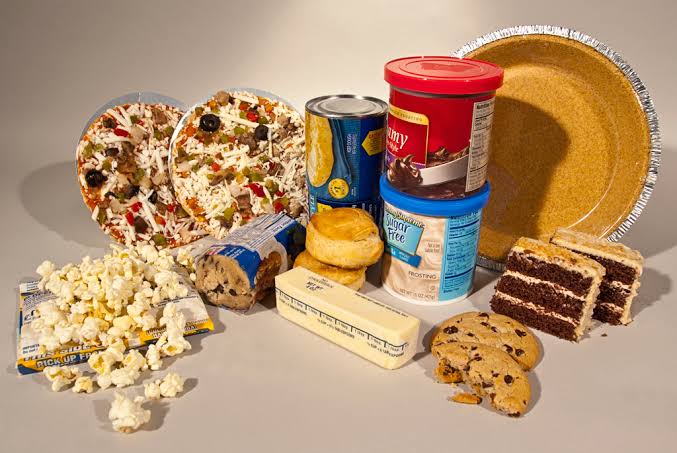Himani Bhandari
New Delhi: The daily average consumption levels of visible fat (added fat) in Delhi and Ahmedabad was highest among the seven metro cities in India and the lowest in Hyderabad, according to a special analysis carried out by the Indian Council of Medical Research-National Institute of Nutrition (ICMR-NIN) from the database of National Nutrition Monitoring Bureau (NNMB) study (2015-16), ICMR-NIN-Hyd. The analysis was supported by International Life Sciences Institute -India (ILSI – India).
“The visible fat consumption levels were significantly higher in Delhi and Ahmedabad at 44.4 gram/person/day and 43.9 g respectively, while the average intake in Hyderabad and Mumbai were the lowest at 25.1g/person/day”, says Prof. P. K. Seth, Chairman, ILSI India, adding that the average intake of all metros pooled was 32.6 g/person/day, which was higher than the recommended levels of ICMR at 20g/person/day. Overall, 18% of the total intake of energy was obtained from visible fat.
The seven metros covered for the survey are: Ahmedabad, Bengaluru, Chennai, Delhi, Hyderabad, Kolkata and Mumbai.
The Methodology
Explaining the methodology used for assessing the visible fat intake, Dr A Laxmaiah, Head, Division of Public Health Nutrition, NIN said, “we have surveyed the intake of an assortment of food, such as regular home food preparations, packaged food, sweet based preparations, bakery and biscuits and milk and milk products to come out with the quantum of added (visible) fat across a fairly large sample of 5123 individuals from 1293 households. The data was collected by the National Nutrition Monitoring Bureau (NNMB) and analysed by Division of Public Health Nutrition, NIN, using sophisticated statistical tools to arrive at the results.
Gender-wise Consumption
The collated data was used to measure the visible fat consumption gender-wise also. Men consumed more fat 34.1 g/person/day, than women, who consumed 31.1 g/person/day. Interestingly, the same trend was visible in all metros.
Visible Fat Consumption by Age Groups
Another feature of the survey related to visible fat consumption by age groups in the metros. The highest intake of visible fat was observed in the age group of 36-59 (36.1 g/person/day), followed by 18-35 age group (34.8 g/person/day) and adolescents (32.8 g/person/day). The least intake was noticed in the case of under five children (15.7/g/person/day).
Overall Consumption was Higher among the Literate
The ICMR-NIN/ILSI India Survey also found that the overall consumption of visible fat was higher among the literate population than the less educated. The intake was higher among those who were educated beyond 10th class (35.2g/person/day) than less educated. People who had studied up to 4th standard had an intake of visible fat of 28.5 g/person/day. The fat intake among literate in Delhi was the highest, followed by Ahmedabad and Kolkata.
Visible Fat Consumption through Recipes
Yet another finding of the study related to average intake of visible fat through different recipes. The intake of visible fat was high from the recipes like dal fry, rice, stuffed paratha, chuduva, bisbelibath, and puliora. Mutton Birynai has higher fat than that of Chicken Biryani or other cereal and non-vegetarian recipes. Those who take deep fried food such as potatoes, roots and tubers had consumed more visible fat than those who consumed boiled and shallow fried food stuffs. Almost all non-vegetarian foods, which are mostly taken in urban areas like, fish, chicken, egg and mutton give high amounts of visible fat, according to the ICMR-NIN and ILSI India study.
Fat Consumption by Occupation
The survey also collated data relating to visible fat consumption by occupation, physical activity of the people and consumption of different communities as also on the basis of socio-economic and demography etc. The researchers noted with surprise that contrary to general belief vegetarians consumed more fat (40.7g) than non-vegetarian.

